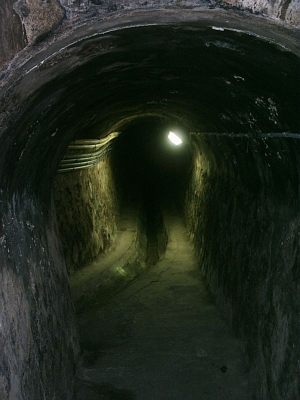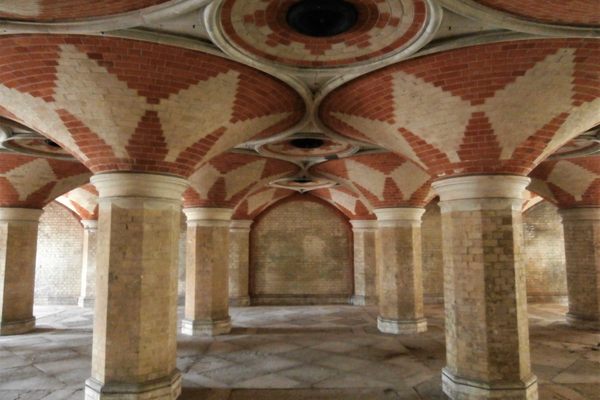About
Barcelona is known as the birthplace of Catalan "modernisme", due to the architectural style pioneered there at the turn of the century. However, exploring below the city's streets betrays the many layers of architecture in its history.
An aqueduct-based sewer system was introduced to Barcino, an ancient Roman colony, because when it rained the whole city would flood. Much later, in 1364 when the city had become known as Barcelona, medieval architects expanded on the sewers and ran water beneath La Rambla, the city's most famous street.
It wasn't until 1886 that Pere García Faria designed the first modern sewers in the city, intended to serve Eixample, the bourgeois proto-suburb being expanded outside the medieval walls. These, too, expanded on and connected with the sewers of previous eras. Today some of these tunnels are still in use. Most are inaccessible to the public, but thanks to a dedicated group of Barcelonian tour guides, the sewers are open for adventuring.
The best remnants are located below Passeig San Joan, a strategic avenue which linked Gracia, a formerly independent village, with Parc de la Ciutadella, the site of the 1888 Universal Exhibition. Beneath these streets a whole world opens up: The quiet flow of water in the dank sewers is illuminated by dim fluorescent lights while the city's hustle and bustle continues on above.
The visits are facilitated by La Fabrica del Sol, an institution responsible for educating the public on Barcelona's environmental activities. Small groups (no more than ten people) are guided by locals who explain the evolution of the aquatic tunnels, their technical processes and engineering, as well as lore and curiosities.
Related Tags
Know Before You Go
Metro: the L4 and L5 Verdaguer. Buses: 6, 15, 19, 33, 34, 43, 44, 50, 51, 55. Visits must be booked through La Fabrica del Sol. Some urban explorers report successfully traversing the tunnels themselves, but at their own risk.
Published
July 28, 2016
Sources
- http://link.springer.com/article/10.1007/s12685-013-0090-2
- https://en.wikipedia.org/wiki/Eixample
- http://lameva.barcelona.cat/barcelonablog/unknown-city/lets-head-down-into-the-sewers?lang=en
- http://lafabricadelsol.bcn.cat/inscripcions/activitats-grups/les-clavegueres-de-barcelona/les-clavegueres-de-barcelona
- https://en.wikipedia.org/wiki/Modernisme



































